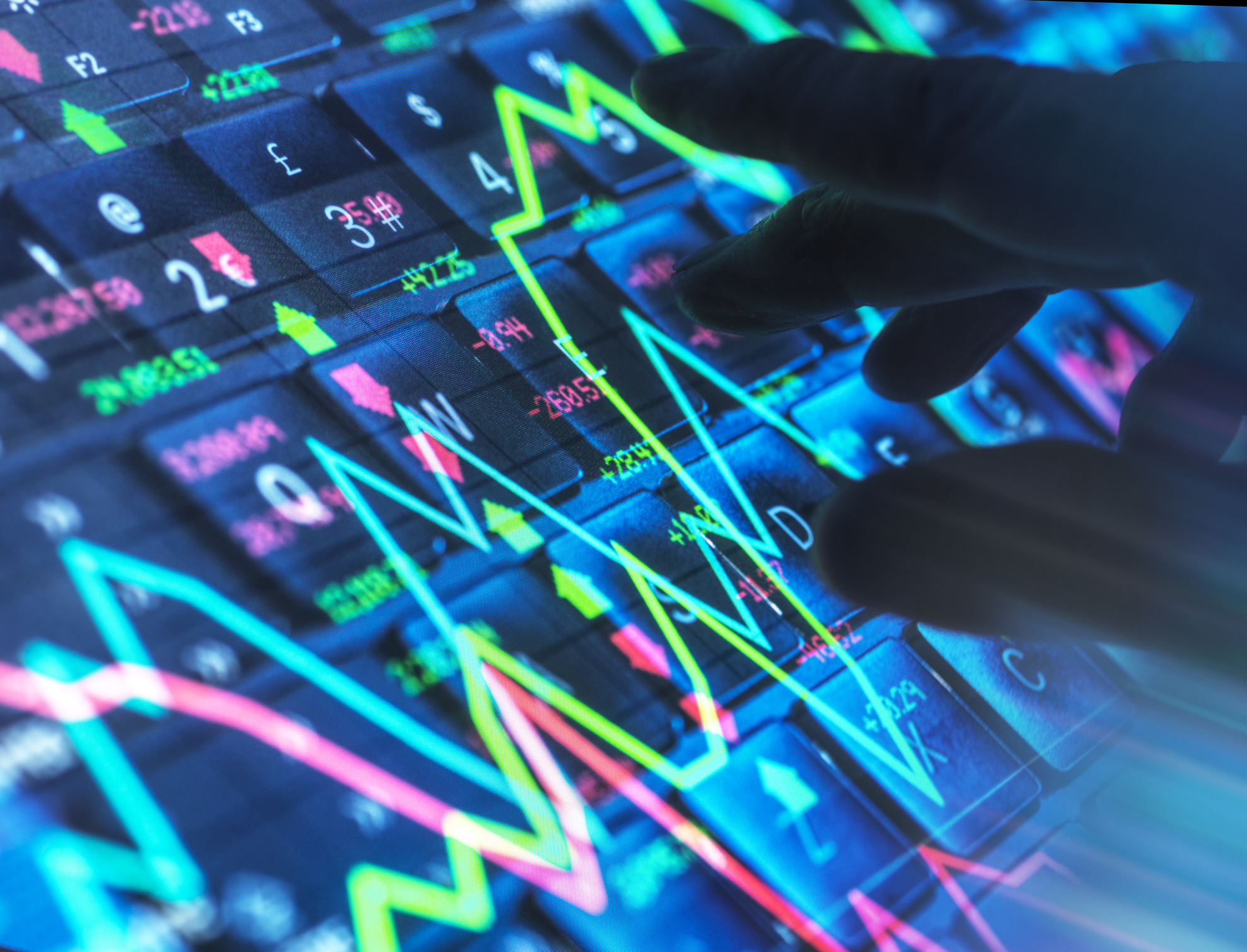Are Apple’s Days as a High-Flying Growth Stock Coming to an End?
Disappointing iPhone sales and China’s slowdown, plus Apple’s sheer size, suggest that investors need to temper expectations.

If, like many investors, you own shares of Apple (symbol AAPL), you may be scratching your head, wondering what’s happened to this once highflier. After more than doubling in price in just a bit more than two years, the stock began to slide in July and has since fallen 18%, to its September 1 close of $107.72. On August 24, the day stocks experienced a mini crash, Apple traded for as low as $92.
A disappointing earnings report on July 21 precipitated the fall. In its third fiscal quarter, which ended in June, Apple sold 47.5 million iPhones. Although that was a whopping 35% higher than the year-earlier quarter, analysts had expected from 48 to 50 million. The miss seemed to signal that enthusiasm for the iPhone 6 and 6 Plus, which launched in the second half of 2014 and had been driving record sales, was starting to wane.
The big question now is whether the slowdown is temporary or whether, because the 6 and 6 Plus were such hits, the best of Apple’s performance is behind it. “Apple has done such a good job that it’s a victim of its own success,” says Joe Fath, manager of the T. Rowe Price Growth Stock Fund (PRGFX).
From just $107.88 $24.99 for Kiplinger Personal Finance
Become a smarter, better informed investor. Subscribe from just $107.88 $24.99, plus get up to 4 Special Issues

Sign up for Kiplinger’s Free Newsletters
Profit and prosper with the best of expert advice on investing, taxes, retirement, personal finance and more - straight to your e-mail.
Profit and prosper with the best of expert advice - straight to your e-mail.
The stakes are high. During the third quarter, the iPhone made up 63% of Apple’s revenues of $49.6 billion. The company has invested billions of dollars in new products, such as the iWatch, Apple TV and Apple Pay, a mobile payment service, but none has yet had the same impact as the iPhone. And because Apple is already enormous—analysts expect the company to generate revenues of $233 billion in the current fiscal year, which ends September 26—and its stock, with a market capitalization of $614 billion, is the world’s most valuable, it’s harder than ever for a single product to move the share-price needle.
In the meantime, the slowdown in China’s economy has compounded Apple’s problems. During the April-June quarter, greater China (which includes mainland China, Hong Kong and Taiwan) accounted for 27% of Apple’s revenues, up from 17% for the same period in 2014. “China has been driving a lot of the incremental growth for Apple over the last year,” says Steve Jue, an analyst for the Rainier Large Cap Equity Fund (RIMEX). China’s stock market collapse this summer and the country’s stalling economy have investors worried that fewer Chinese will be willing to buy iPhones in the months ahead.
Don’t write off Apple yet
Among the many things the company is good at, surprising investors with positive news is one of them. One reason Apple could still have a lot of juice left is that only about one-third of iPhone users have actually upgraded to the 6 or 6 Plus, says Jue. The rollout of the iPhone 6S and 6S Plus, which is expected after Apple hosts an annual event in San Francisco on September 9, could help drive more people to trade in their phones for a newer version—and boost the stock. “Apple has both incredibly loyal customers and investors,” says David Trainer, CEO of New Constructs, an investment research firm, who is bearish on the stock long-term because, he believes, Apple faces increasingly stiff competition and it hasn’t produced much game-changing innovation in recent years. But for now, he says, “People will clamor for any piece of good news and take it to the bank.”
The much-anticipated iWatch, rolled out earlier this year, could be one such positive example. International Data Corporation, which tracks consumer technology trends, estimates that Apple shipped 3.6 million watches from April to June, just 0.8 million fewer than the market leader, Fitbit. (Apple has not yet disclosed sales figures for the watch.)
Still, it’s probably a good idea to temper your expectations. Analysts on average believe Apple’s profits will skyrocket 41%, to $9.12 per share, in the current fiscal year. But they see earnings rising a far more modest 7%, to $9.78 per share, in the fiscal year that ends in September 2016. “It looks as though Apple is going from being a high-growth company to more of a blue-chip company, where returns are a mix of dividends and stock appreciation,” says Mark Dawson, chief investment officer at Rainier Investment Management, which manages the Rainier mutual funds.
Apple pays a quarterly dividend of $0.52 per share, giving the stock a yield of 1.9% at today’s price. The company reported an unfathomable $202.8 billion in cash and cash-like investments at the end of June, giving Apple ample room to raise the payout. Meanwhile, the stock trades for 11 times estimated earnings over the next four quarters, well below the overall stock market’s price-earnings ratio of 17.5. “It’s not a growth story now,” says T. Rowe’s Fath. “But it might not have a lot of downside from here.”
Profit and prosper with the best of Kiplinger's advice on investing, taxes, retirement, personal finance and much more. Delivered daily. Enter your email in the box and click Sign Me Up.
-
 Tip: Ways to Track Your Credit Card Rewards
Tip: Ways to Track Your Credit Card RewardsHere are the best strategies and apps to help you stay current with your credit card rewards.
-
 How New Investors Can Pick Their Perfect Portfolio, According to a Pro
How New Investors Can Pick Their Perfect Portfolio, According to a ProSee what Cullen Roche has to say about finding your perfect portfolio as a new investor and his two-word answer on where he thinks the stock market is headed in 2026.
-
 HNW Retirees: Don't Overlook The Benefits of Social Security
HNW Retirees: Don't Overlook The Benefits of Social SecurityWealthy retirees often overlook Social Security. But timed properly, it can drive tax efficiency, keep Medicare costs in check and strengthen your legacy.
-
 If You'd Put $1,000 Into Lowe's Stock 20 Years Ago, Here's What You'd Have Today
If You'd Put $1,000 Into Lowe's Stock 20 Years Ago, Here's What You'd Have TodayLowe's stock has delivered disappointing returns recently, but it's been a great holding for truly patient investors.
-
 Stocks End Volatile Year on a Down Note: Stock Market Today
Stocks End Volatile Year on a Down Note: Stock Market TodayAfter nearing bear-market territory in the spring, the main market indexes closed out the year with impressive gains.
-
 Stocks Extend Losing Streak After Fed Minutes: Stock Market Today
Stocks Extend Losing Streak After Fed Minutes: Stock Market TodayThe Santa Claus Rally is officially at risk after the S&P 500's third straight loss.
-
 If You'd Put $1,000 Into 3M Stock 20 Years Ago, Here's What You'd Have Today
If You'd Put $1,000 Into 3M Stock 20 Years Ago, Here's What You'd Have TodayMMM stock has been a pit of despair for truly long-term shareholders.
-
 Santa Claus Rally at Risk as Tech Stocks Slump: Stock Market Today
Santa Claus Rally at Risk as Tech Stocks Slump: Stock Market TodayThe Nasdaq Composite and Dow Jones Industrial Average led today's declines as investors took profits on high-flying tech stocks.
-
 The Santa Claus Rally Officially Begins: Stock Market Today
The Santa Claus Rally Officially Begins: Stock Market TodayThe Santa Claus Rally is officially on as of Wednesday's closing bell, and initial returns are positive.
-
 Crypto Trends to Watch in 2026
Crypto Trends to Watch in 2026Cryptocurrency is still less than 20 years old, but it remains a fast-moving (and also maturing) market. Here are the crypto trends to watch for in 2026.
-
 Dow Slides 427 Points to Open December: Stock Market Today
Dow Slides 427 Points to Open December: Stock Market TodayThe final month of 2025 begins on a negative note after stocks ended November with a startling rally.